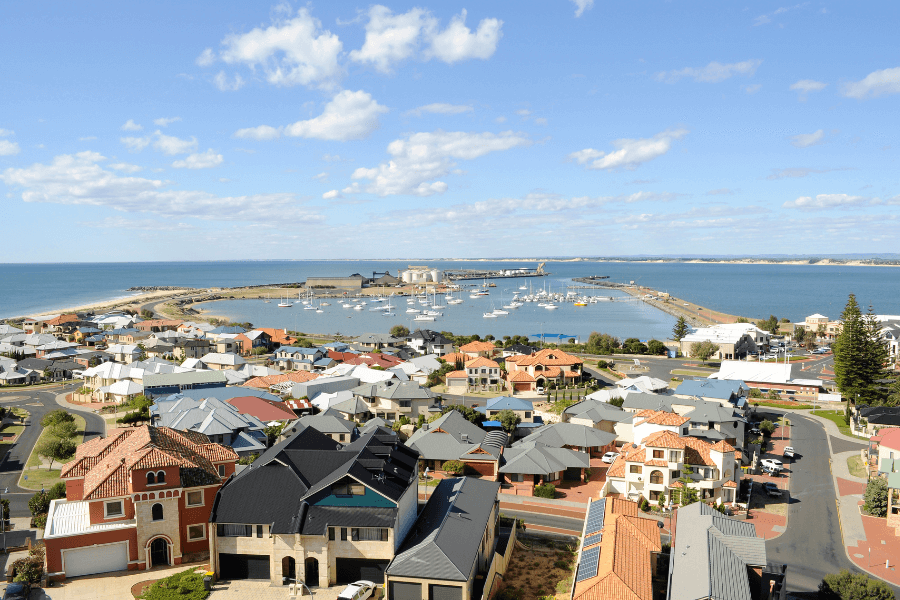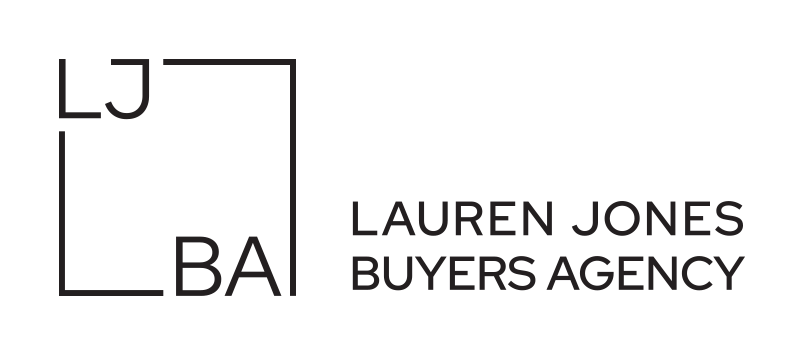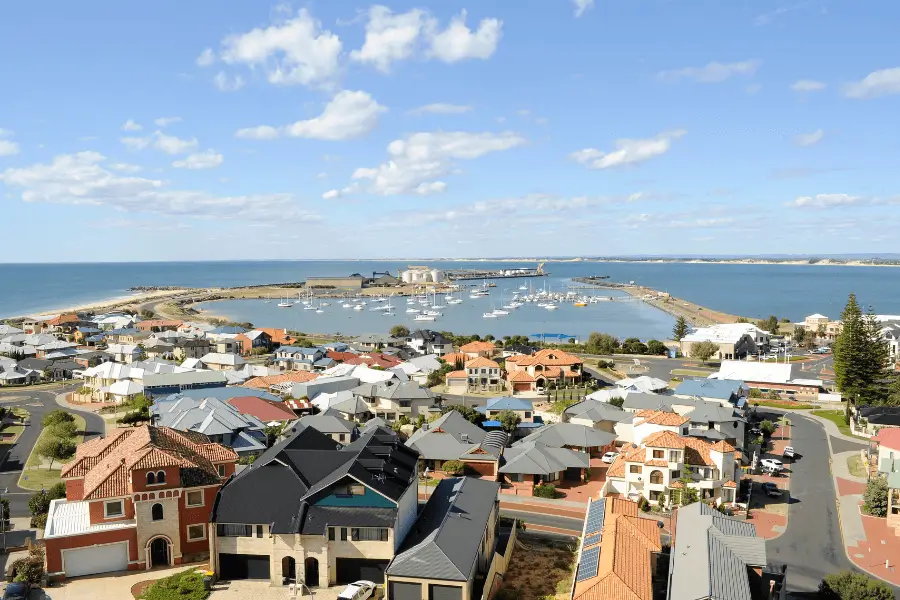Despite the pandemic firmly in our past – we hope – the Australian rental market continues to endure lasting impacts, with a steep rental crisis running rampant across all cities and regions. Brisbane buyers agent and director of Lauren Jones Buyers Agency, Lauren Jones talks to Homely about the impacts and what it means for buyers, renters and sellers.
Original article featured in Homely. Read here.
Brisbane house prices soar compared to Melbourne
“At least three separate conversations I walked into involved talks of the COVID pandemic, and its ongoing impact on rental prices and property values,” Jones shares. “None of these conversations were optimistic. I think people are quite nervous about the future of Brisbane’s rental market.”
In May, Brisbane became Australia’s second-most expensive city for housing, with the median dwelling value raising to $843,231 that month. This is the first time since 1997 that Brisbane has placed second on this scale—and the first time since 2008 that Brisbane’s house prices have surpassed those of Melbourne.
Since COVID-19 struck, Brisbane’s property prices have increased by five times the pace of Melbourne’s property prices. Prior to the pandemic, Melbourne was miles ahead of Brisbane in this race, with around 37 percent premium in comparison.
Moreover, an April 2024 CoreLogic report reveals that Brisbane’s median weekly rent reached $649, in comparison to that of Melbourne, which sat at $589.
Lauren has noticed a sudden influx of southerners travelling to Brisbane since COVID-19—especially Melbourne residents—as well as an increasing demand for rental properties. However, the supply has not matched the demand. As such, property prices and rental costs have rapidly increased, and will continue to do so indefinitely.
For those who remained in Melbourne, the opposite occurred. Investors were forced to significantly reduce rental amounts in order to secure a tenant, due to the pandemic’s influence. Their rental market has since recovered in the last 6-12 months and is increasing rapidly—though not at the speed of Brisbane.
Rental Market Record Highs
Reaching new record highs, this list of figures did not exclude the CoreLogic Rent Value Index. Over the course of 2021, annual rent value growth surged to levels unmatched since 2008.
Interestingly, COVID-19 also catalysed a shift in rental preferences toward lower density properties. This trend was only short-lived; it has now backflipped and deflected heightened demand onto higher density rental options where rental affordability is more achievable.
Partner/Business Development Manager of Better Homes and Gardens Real Estate Brisbane, Dana Hartley confirms these buyer preference shifts. She shares, “Due to the pandemic, there was a definite shift in housing preferences with more people working from home…There was an increased demand for larger properties offering more space.”
“Now on the other side of Covid, the property market in Brisbane has shown signs of recovery. With the easing of restrictions and economic improvement, both property values and rental demand have rebounded. We have experienced population growth due to people moving from more densely populated cities such as Sydney and Melbourne. This has increased the demand for rental properties.”
Gross Rental Yields
On the contrary, gross rental yields saw a steady decline post-COVID. Due to the purchase price of properties growing and outpacing the rise in rental prices, gross rental yields reached record lows in 2022. With housing growth now beginning to slow, these figures have since begun to stabilise.
Hartley continues, “As result of the pandemic, there was a lot of economic uncertainty. Many potential buyers and investors adopted a wait-and-see approach, which impacted property values and rental yields. The Government did try to intervene by introducing rental relief packages and eviction moratoriums were introduced to support tenants. These were introduced to help protect renters, but it also affected landlords’ rental income and yields.
“Today, the rising costs of living and inflation have contributed to higher rents as landlords pass on increased cost to tenants. With high demand and limited supply (in certain areas), the rental market has become highly competitive and resulted in increased rents.”
Tough conditions for first home buyers
First home buyers constituted a great portion of housing demand at the onset of COVID-19. This group capitalised on the availability of more affordable housing options following the prior market downturn, alongside historically low mortgage rates and various government incentives.
From mid-2020, first home buyer activity surged due to the introduction of the HomeBuilder scheme, which was used in conjunction with the First Home Loan Deposit Scheme, as well as other state-based grants and stamp duty concessions. However, since peaking in January 2021, first homebuyer activity began to wane, reflecting the increased barriers to entry as housing values overtake income growth.
What about now?
However, conditions have taken yet another turn as of 2024. Miss Jones shares “First home buyers are no longer wanting to pay massive amounts in rent and are putting their money toward owning a home. Often, they are unwilling to compromise on location so instead find renovator homes, units and townhouses in suitable locations.”
Where buyers are looking
The more competitive Brisbane’s property market becomes, the more amateur buyers turn to industry professionals. Jones also discusses the decline in the amount of clients she can realistically buy property for within a 15 kilometre ring of the CBD, due to affordability reasons. She explains, “We find we are having to push out of Brisbane City Council more often to be able to assist our home buyers and investors meet pricing restraints.”
This ‘Big Push’ phenomenon is not only true for Brisbane, but nationwide—especially toward lifestyle regions. Since COVID-19 instilled the flexibility of remote work, Australian buyers have adopted the mindset of prioritising quality of life over proximity to urban job centres. Since the pandemic, new million-dollar markets have sprung up in many lifestyle regions, including the Sunshine Coast, the Gold Coast, and the Illawarra. In these three locations, median house values have surpassed $1,000,000.
According to CoreLogic, towns within a few hours of major cities, coastal regions, and lifestyle areas have experienced significant increases in rental prices. Notable examples include Wide Bay in Queensland, Coffs Harbour in New South Wales, Bunbury in Western Australia, and LaTrobe-Gippsland in Victoria.

Where will Australia’s rental market go from here?
Experts predict the surge in rent pricing across our nation will continue for some time to come—especially with the new tenancy legislation coming in during 2024. Conditions are becoming undesirable for investors, which is decreasing the amount of available investment properties, and thus surging rent pricing due to supply and demand.
However, CoreLogic research director Tim Lawless is confident that this supply and demand imbalance will eventually smooth out as a result of reduced population growth and an increase in Australian housing construction. Until then, we should expect “further erosion in housing affordability”.

